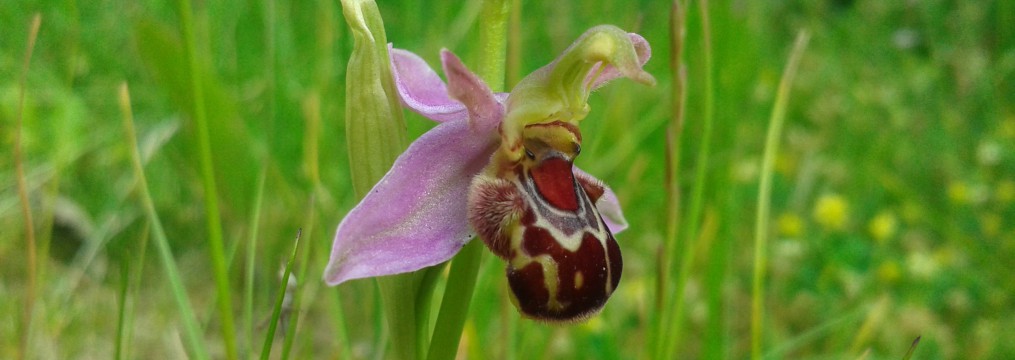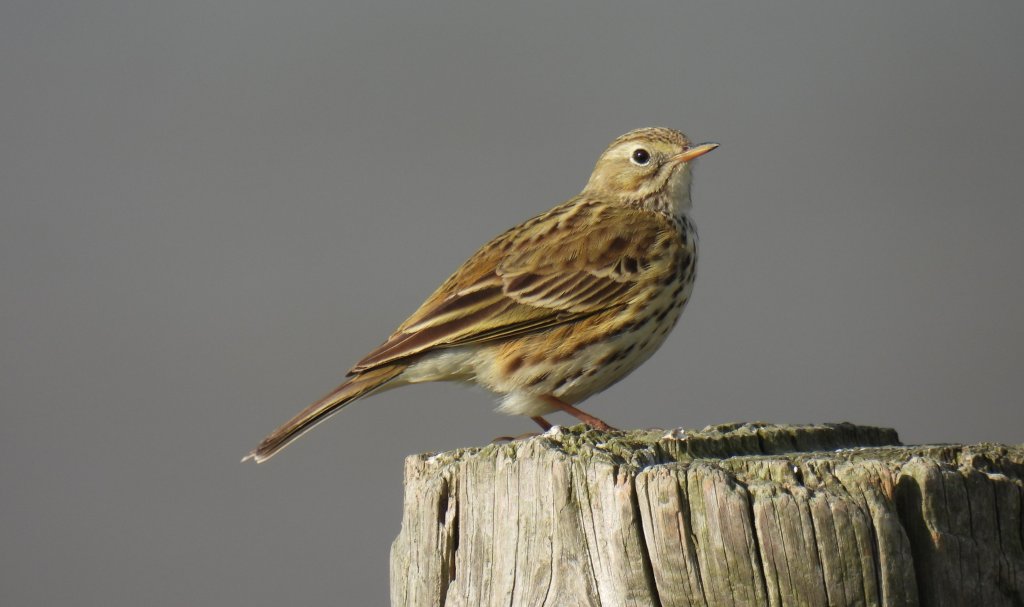
I cannot live without space – outdoor space. At its most idyllic, people exhale beneath blue skies. They walk or run along paths, through trees, over dunes or on the beach. Momentarily the ring of a cyclist’s bell may puncture the calm but this is just a moment’s incursion as two spaces collide. Today, most of the people are carrying a lead and a toy that entertains their companion dogs. There are the sounds of conversation, an occasional roll of laughter and splashing as the dogs play. All of the people (and the dogs) appear relaxed and happy. The shore is devoid of birds but the beach is not empty, there are unseen fish and invertebrates hide in the sand. Life is here, unobtrusively sharing this space with me.

Behind the dunes birds sing amongst trees and shrubs, imposing on senses if we care to notice. A multitude of invertebrates thrive indifferent to our disturbance. Butterflies flash brilliance amongst the floral paint whilst smaller insects dissolve as a sprinkling of dust. Despite their tiny size their is an abundant of diversity here.


Outdoor space, natural space – space where stresses can expand to the point where they dissolve – is good for my wellbeing. The touch of a breeze and the kiss of sunlight give the room that thoughts need to evolve and a place where conversations can fly. This is an asset more valuable than riches. It is also home to an immeasurable variety of life. I appreciate the value of this space and try to be sensitive to my effects on its life.







